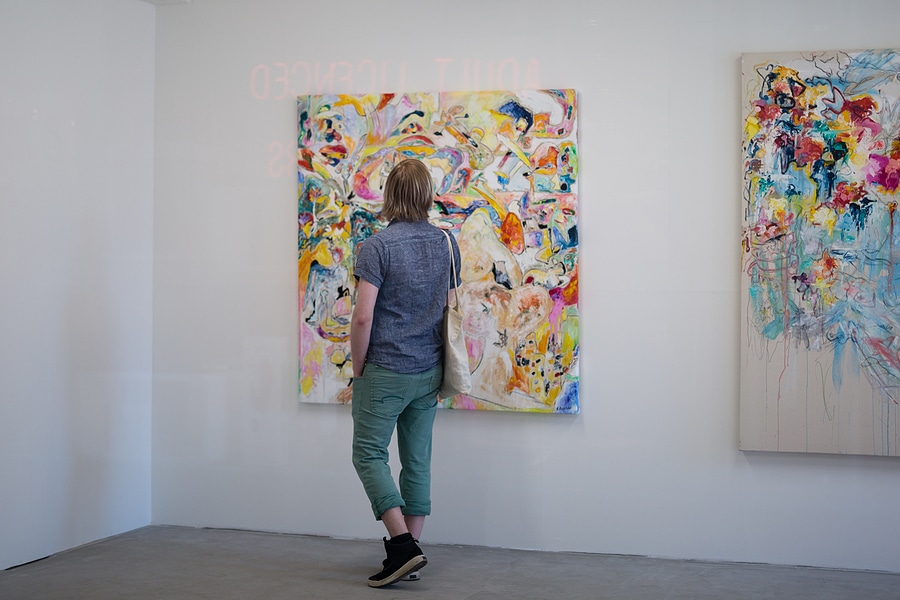When people are asked where they think the centre of the art world is, the vast majority of people will answer either Paris, New York or London, all of which have been either the outright origin points or the spiritual homes of a wide range of art movements.
London has been a swirling maelstrom of challenging ideas and artistic moments with bespoke framing for many centuries and has been at the centre of some of the most fascinating, divisive and revolutionary art movements in the history of art.
Pre-Raphaelite Brotherhood
By more contemporary artistic standards, Dante Gabriel Rossetti and the Pre-Raphaelite
Brotherhood secret society and the beautifully lavish works of the movement could have been ostensibly seen as somewhat regressive, wanting to return to earlier eras in art. By Victorian standards they were scandalous.
They were devoted to detail which led to many of their works being criticised or even accused of blasphemy, most notably by the novelist Charles Dickens. They also used these sweeping, beautiful quattrocento-inspired works to make shocking political statements about Victorian society.
Forever mired in scandal, the PRB themselves only lasted five years but the style of their work has endured through people enchanted and inspired by their staggering beauty.
Pop Art
Whilst Pop Art is a movement most associated with the United States thanks to the work of Andy Warhol and other American pop artists, it was originally created in 1952 by the Independent Group, a group of postmodern artists challenging traditional fine art and modernism alike.
As much a critical exploration of mass culture as it was an art movement, pop art was celebrated as a return to relevance for an art world increasingly divorced from the lived experience for some and criticised as an uncritical reverence for supposed “low” subjects.
Young British Artists
For many people who grew up in the 1980s and 1990s, the YBA was so inescapable, shocking and revolutionary that it was the first movement that came to mind when people think of “modern” art.
People are acutely aware of pieces such as Tracey Emin’s My Bed, Damien Hirst’s The Physical Impossibility of Death in the Mind of Someone Living and Cornelia Parker’s Thirty Pieces of Silver.
It was a movement destined to burn out rather than fade away, but its impact still lingers and is firmly debated to this day.
